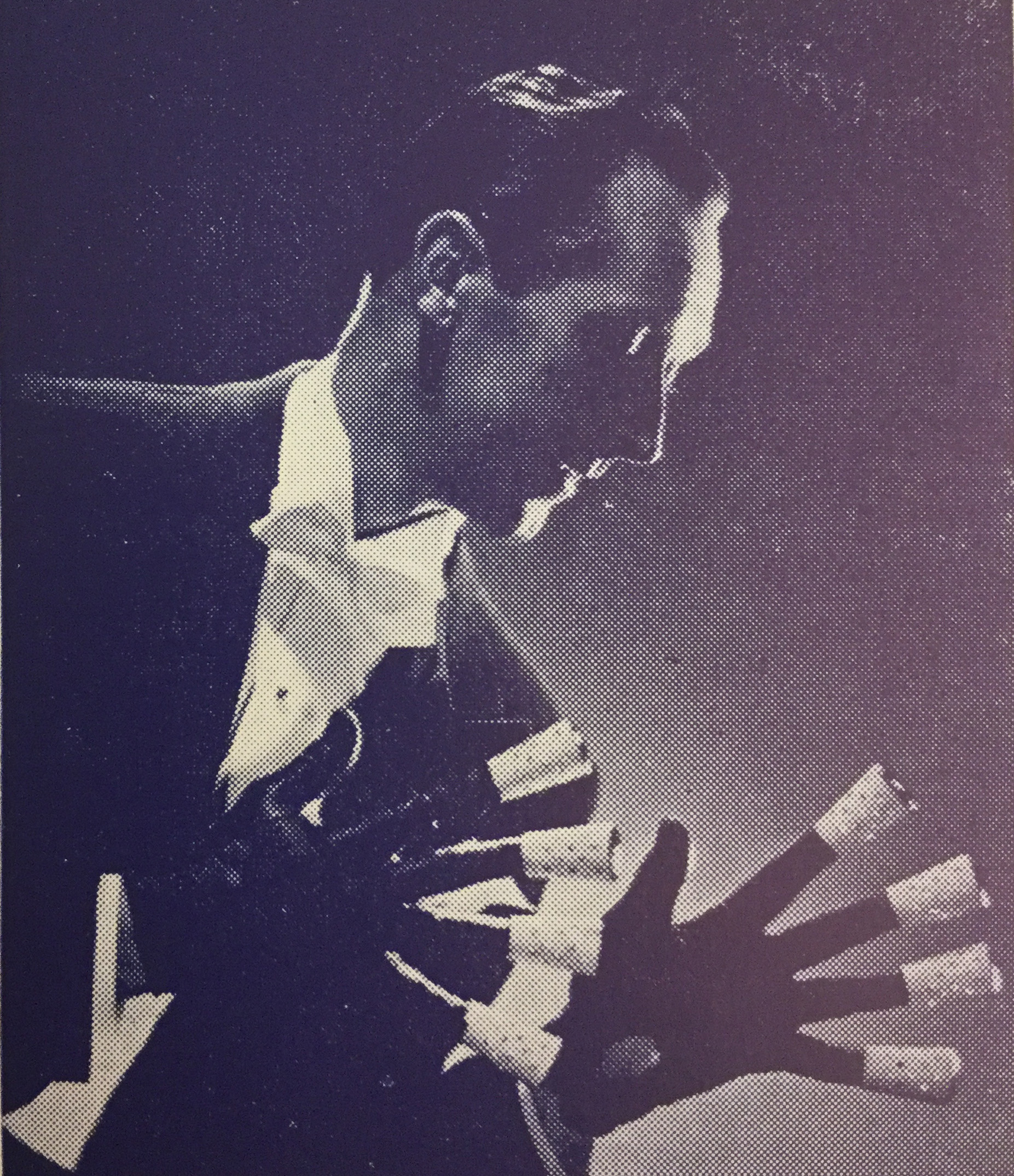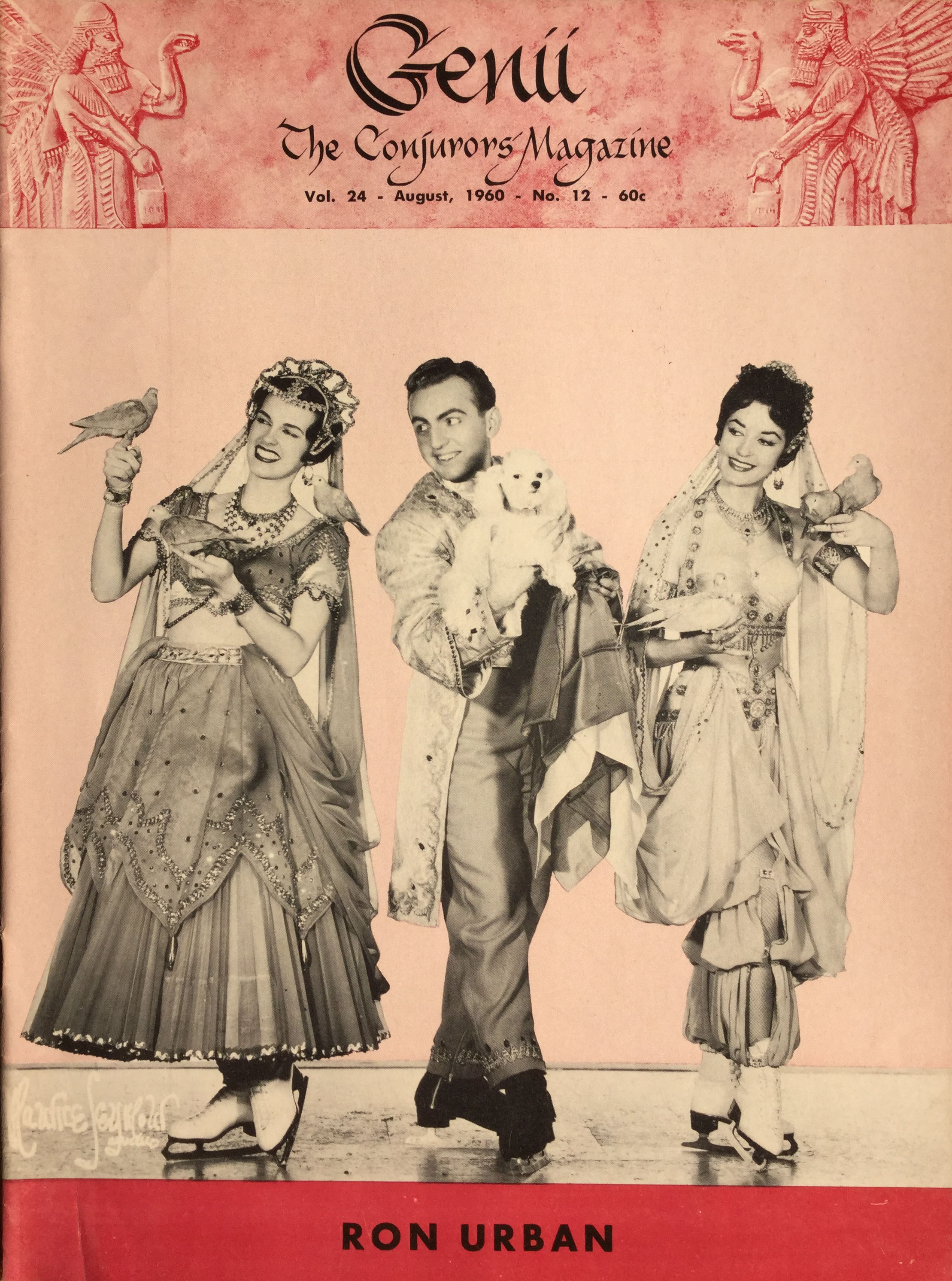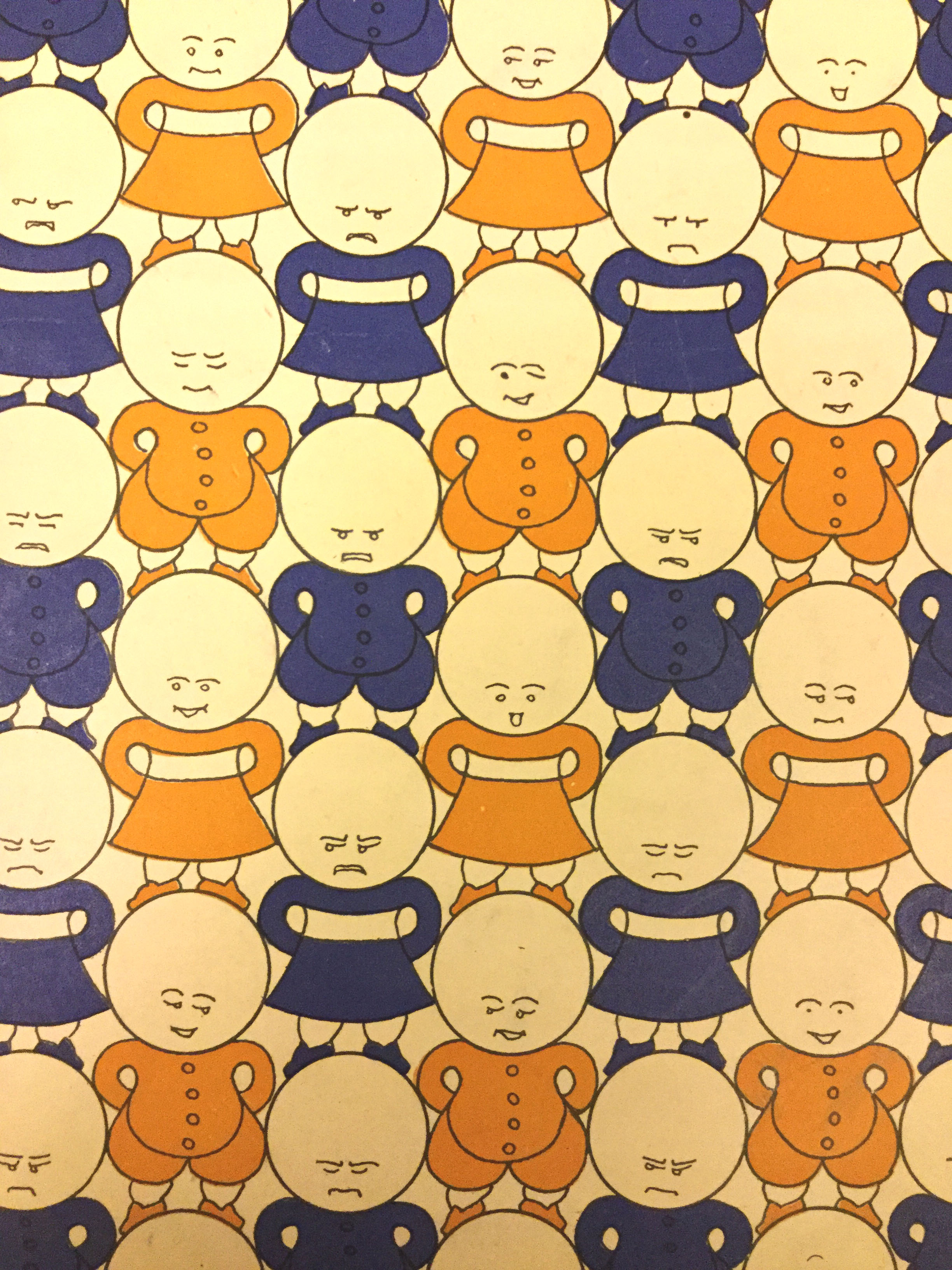
Seems like someone needs reading glasses


We have a new mini-exhibition in our gallery in the Rhode Island Room. It’s a satellite accompanying the Jamestown Art Center’s “Book as Muse” exhibition (open through August 24th in Jamestown – more information on the JAC website). Jeff Foye and Danielle Ogden of JAC curated both exhibitions: The Jamestown exhibition includes works by ten artists (Nick Benson, Lesley Dill, Karin Gielen, Joan Hall, Andy Li, Rupert Nesbitt, Toby Sisson, Buzz Spector, Coral Woodbury & Jo Yarrington) and explores the blending of words and images through their art.
Here at PPL, Jeff and Danielle selected items from our collection that stretch the same boundaries. You’ll find Aesop and Don Quijote, quirky typesetting from Spain in the 1700s and the Netherlands in the 1800s, etchings by Picasso and type specimen broadsides from Providence type designers.
The Providence exhibition is on display through August 17th.
Happy Halloween from Special Collections and from our spooky friends! First, this very cheerful cloaked skeleton who hopes they’re invited to your Halloween party:

Next, from the characters in “Little Wee Pumpkin’s Thanksgiving,” none of whom are at all unsettling:
Don’t stress, this anthropomorphized pumpkin with leafy toupee and a skin-colored cravat just wants to make somebody very happy! Is it you? Is it this bossy queen standing in a pumpkin patch?
The stockinged gentleman accompanying the queen here is, I should note, Peter Pumpkineater, the keeper of the pumpkin patch. I don’t know about you, but if I were a pumpkin being tended by someone with the surname Pumpkineater, I wouldn’t be looking quite so placid…
Finally, we bring you copious Halloween greetings from Jack Pumpkinhead, the very aptly named character from The Land of Oz:
Do you love Jack Pumpkinhead? I love Jack Pumpkinhead. I love his clearly-articulated joints, his perfectly spherical head, and his obvious propensity for adventure. I also, as those who know me will attest, just LOVE pumpkins. This is a picture of me during all of the autumnal months:
Jack Pumpkinhead exhibits a surprising range of emotion given his fixed facial features. Here he is looking sweetly bashful!
As always, get in touch if you’d like to set up a time to see any of these books in person, and until then, may you enjoy this time of year with its crunchy leaves, golden light, copious pumpkins, and spooky nights.
It’s Tuesday, so we’re currently having open hours, featuring some beautiful floral pochoir prints by Edouard Benedictus and the classic Flowers in Nature and Design by Fritzi Brod. (The latter features layered transparencies showing the color separations for various floral motifs.)
For those of you who can’t make it over in person, we also have a virtual featured magician from our Percival Collection: Brian Mainwaring, “The Gentleman From London.”

Here’s Mainwaring gleefully sawing a woman in half while his lovely assistant takes said woman’s pulse. (Isn’t it always reassuring to get medical support from someone in opera-length gloves? They just look so… chic yet authoritative.) The image above is from the souvenir program of the Twentieth Annual New England Convention of Magicians, held in 1958 in New Haven, Connecticut.
Mainwaring was born outside of London, attended Naval Military School, and spent time living in India. After marrying Christine Sanders, he settled in Bridgeport, Connecticut. He doesn’t seem to have left much of a paper trail, although I did find him listed as entertainment in a fantastic newspaper article with the headline “5 Santas to Greet Trumbull Kids”. Five santas! How extravagant!
While the Portals exhibition (February – June 2016) showcased historical items describing imagined futures, local artists were hard at work researching in Special Collections and creating derivative art, both through programming at the library and in their own studios.
We’re lucky to have our exhibit cases jam-packed with selections of this Portals art, on view at the library now through August 15th!
Left to right: miniature dress and headdress created by teens in RISD CE fashion classes at the library; 18th century French funeral invitation from the Barrois Collection of Funeral Invitations, alongside a candle by Burke & Hare Co.; drafts, color separations, and layout notes from the Special Collections-themed issue of The Providence Sunday Wipeout.
The exhibit includes illustrations, song lyrics, candles, comics, letterpress prints, short stories, headdresses, and clothing designs by Rhode Island artists including Walker Mettling, Mickey Zacchilli, Brian Whitney, Dan Wood, Caitlin Cali, Guy-Maly Pierre, Dailen Williams, Jim Frain, Joe DeGeorge, Veronica Santos, Burke & Hare Co., Jeremy Ferris, Keegan Bonds-Harmon, and many teen fashion designers.
New creative works are displayed alongside the historical items that inspired them, including Maukisch’s Das Jagen, Fangen, Zähmen und Abrichten der Thiere (1837), The Necropolis of Ancón in Peru (circa 1880), design classic The Grammar of Ornament (1856), Academie Universelle des Jeux (1824) (from the Haynes Checkers Collection), Rational Recreations (1794), and other gems from the stacks.
Some of these artists’ original items are available for sale. (The library doesn’t receive any proceeds from these sales, but we are thrilled to support local businesses and Rhode Island artists!) You can purchase Burke & Hare Co’s Horace B. Knowles candle here, or their Repose en Paix candle here. To get a copy of the Special Collections-themed issue of The Providence Sunday Wipeout comics newspaper, visit Ada Books in Providence or contact Special Collections!
It’s been far too long since we’ve featured a magician from our Percival Collection! This week’s magician, Viggo Jahn, was originally a window decorator hailing from Copenhagen.

Here’s Viggo Jahn doing something totally inscrutable. Are those thimbles?
According to the November 1953 issue of M-U-M: Magic, Unity, Might, Jahn took up stage magic during the occupation of Denmark in WWII; the “entertainment-starved Danes” were eager for new performers, and a theatrical agent recognized Jahn as “very good looking, intelligent and young, and engaged in a business that required a touch of showmanship”.
After preparing for just three months, Jahn began presenting his manipulations in public, and he quickly improved “by leaps and bounds”. After the occupation was lifted, he began performing in Sweden, then across Europe, and later all over the world. “Wherever the wealthy and the celebrated dined in lovely surroundings, there was Viggo,” says M-U-M.
The article also notes that “he was still a darned good window trimmer”.
This is a long overdue post about a terrific gift we received in early January.
Big thanks to Akira Yoshino and Taro Yumiba (and others) who sent in a cache of great 20th-century Japanese type specimen books and ephemera. If you’re interested in taking a look, stop in during our open hours, or set up an appointment to visit.
The cover of the August 1960 issue of Genii: The Conjurors’ Magazine features Ron Urban and two assistants partaking in some truly magical mischief.

At first glance, this is a fairly typical 1960’s stage magician’s scene: sequins, demure female assistants, a hodgepodge menagerie. Looking more closely, however, one begins to ask questions: are those… pigeons? Why are they different colors? How is that toy poodle so serene? Is one of those assistants wearing fishnets beneath her bloomers? Are all three of them on… ice skates?
Seeking answers, I turned to the magazine’s feature article. Since you’re undoubtedly asking questions that are 100% identical to mine, I’ll share my discoveries: those are not pigeons, they’re doves. They’re different colors because Ron Urban dyes his doves, in what the article calls a “living magical rainbow of pastel doves, very appealing to the eye.” I know nothing about the tranquil canine. As for the costumes, as well as the ice skates, this photo is from Urban’s six month engagement at Chicago’s Conrad Hilton Hotel performing in an ice show called “Persian Parad-ice.”

Yup.
On that note, let’s appreciate this fantastic head shot of the magician, complete with white bow tie, fetching finger waves, and mysterious boutonniere.

If you’re not yet smitten, listen to this: he also plays the saxophone.
This week’s Bad Children of History come from a treasure trove of misbehavior: Gelett Burgess’s 1909 book Blue Goops and Red: A Manual of Polite Deportment for Children who would be Good, Showing How & How Not to Behave Everywhere. (This book is also a treasure trove of illustrations with a flippable half-page that changes the scene–I’m certain there’s a name for these, but I don’t know what it is.)
Each two-page spread of Burgess’s book has a rhyme about an occasion in which one could behave or misbehave, facing an illustration showing (blue) goops with poor deportment, and then, after one flips the half-page, (red) goops behaving properly. Here’s a topical example:

Oh, isn’t it a pity,
When valentines are pretty,
To send the horrid, comic ones to me?
But often in the city
Some children think they’re witty,
And so I get the kind I hate to see!
Two notes here: one, are the goops actually children? They look sort of like… gingerbread people, although their parents seem to be definitively human. Two, I think it behooves the narrator to consider why children send him or her insulting valentines, but I suppose that’s beside the point.
Here’s the half-page flipping feature I mentioned earlier. Look at those bad goops jeering over a so-called valentine of an old maid while their overly-indulgent parents look on! Wait… wait… look at those nice goops with their tidy envelopes and their relaxed human parents!
Blue Goops and Red also has some absolutely fantastic end-papers. Look at these! Goops galore!

In anticipation of the upcoming Thanksgiving holiday (or, as Abraham Lincoln declared it in 1863, a national day of “Thanksgiving and Praise to our beneficent Father who dwelleth in the Heavens”), we pulled two November issues of American Cookery Magazine, one from 1914 and one from 1944.

The 1914 edition has several sample menus for Thanksgiving dinners, including the familiar–“individual pumpkin pies”–and the historically mysterious–“Kornlet, Mexican style, in ramekins”. (For the record, I learned today that Kornlet was a canned green corn pulp that was widely available at the time.)

If you decide to skip the “hot ham mousse” and instead opt for the “roasted chicken, sausage cakes”, you can follow this seasonally-appropriate recipe from the same issue:

I’m not 100% sure which part is the sausage and which parts are the fritters, but I am sure that those chickens seem to be awkwardly swan-diving into the surface of their elegant tray.
Fast-forwarding 30 years to the 1944 issue, we have a recipe for these holiday favorites, porcupine puddings, suggested as an accompaniment to a Thanksgiving “porkchop with peanut stuffing”:

The 1944 advertisements may prove helpful for the Thanksgiving cook, as well. For instance, they guide you toward a possible solution for your Pie Problems:

And finally, apropos of nothing besides that it’s in the same magazine, look at this delicious recipe for pea soup with floating frankfurter slices:

Don’t miss the caption: “Split pea soup warms the cockles of your heart.”